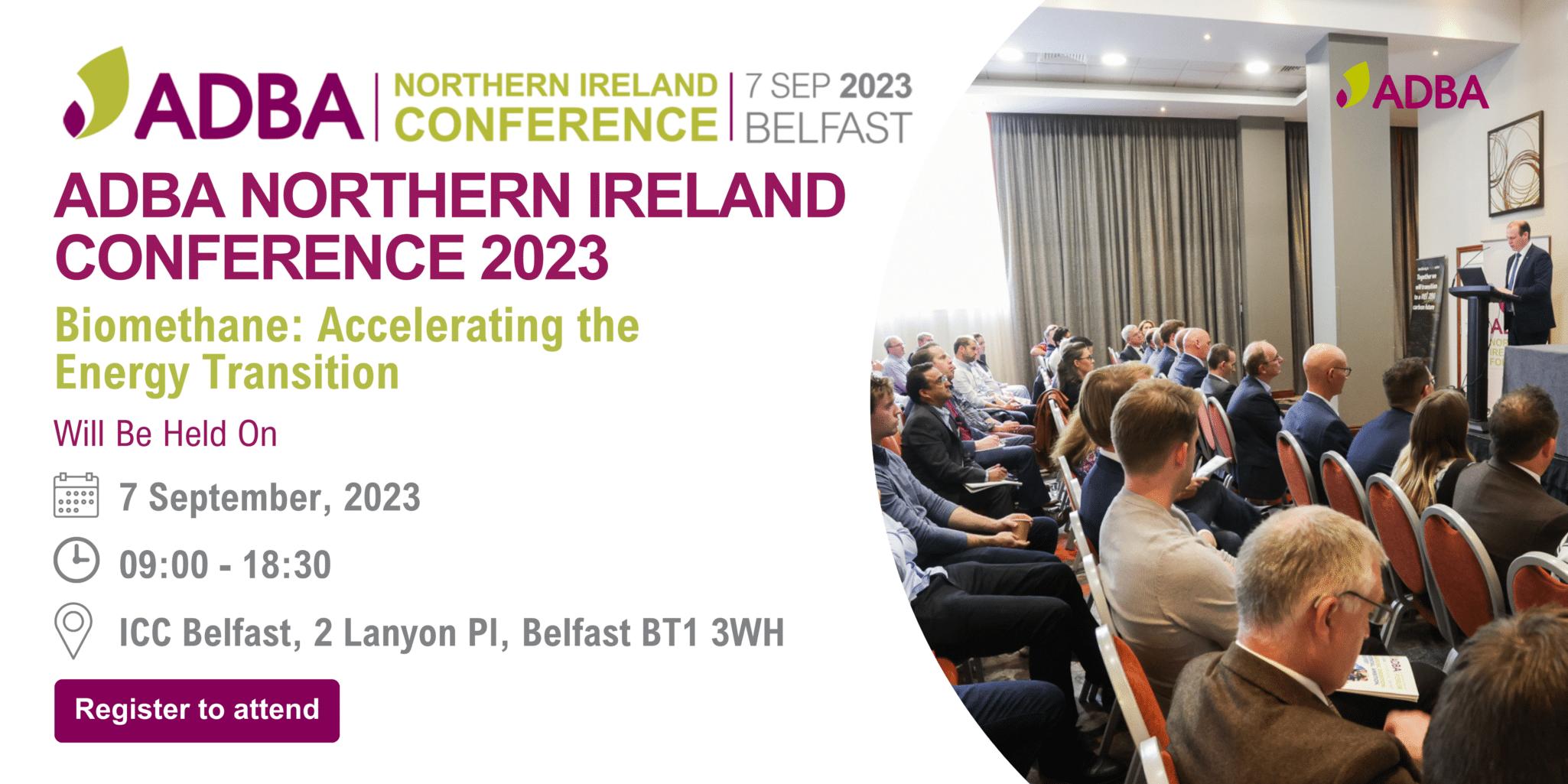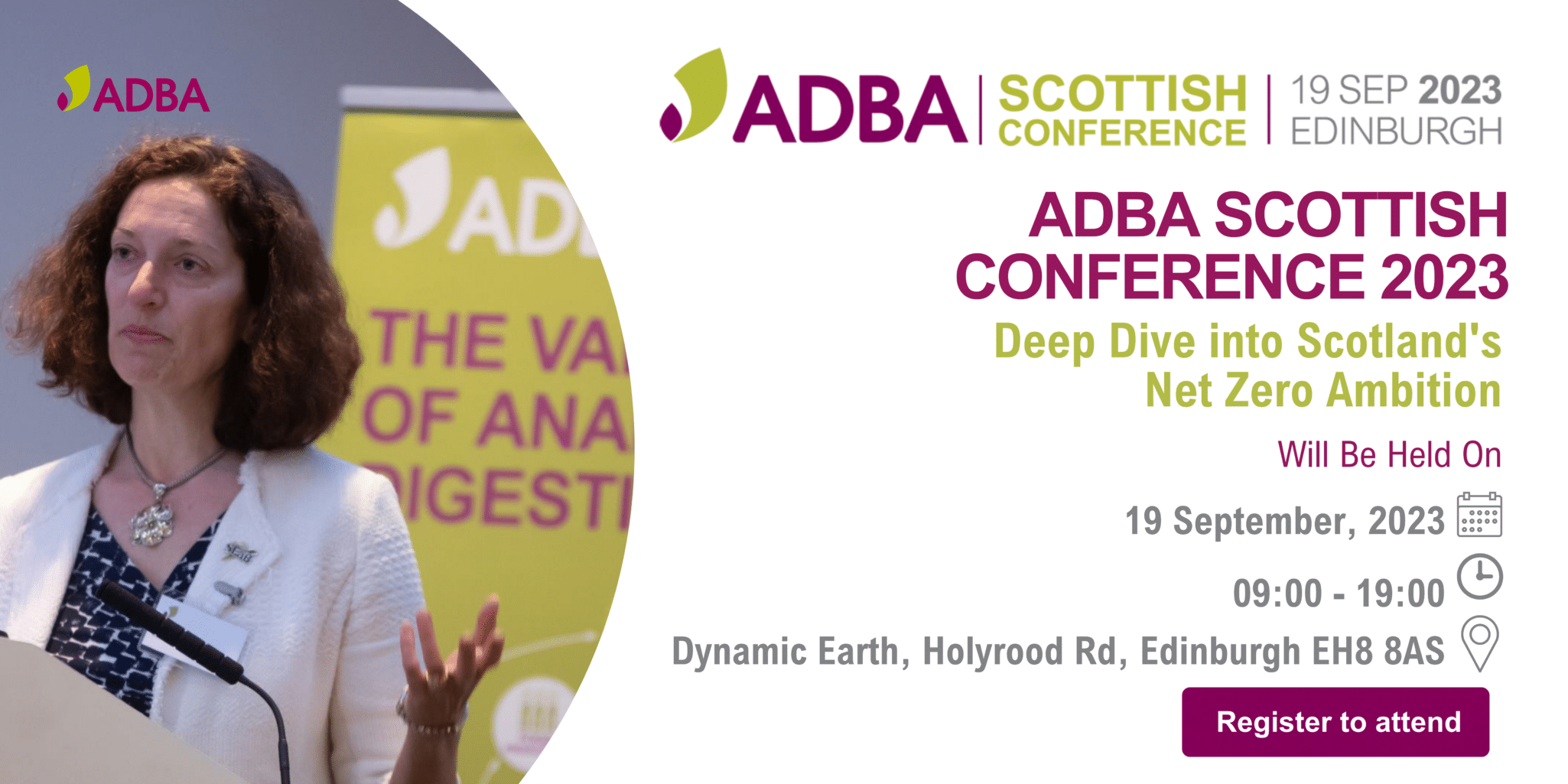MEMBER PRESS RELEASE - Vogelsang to present the HiCone for the wastewater sector at IFAT…
MEMBER’S PRESS RELEASE: Purac Puregas announce BioLNG contract
Purac Puregas are delighted to announce the placement of a contract to supply a CApure CA70 Biogas Upgrading Plant to Finnish energy solutions provider Wärtsilä.
The plant which will upgrade up to 3,000Nm3/h of raw biogas will be part of the largest biogas liquefaction plant in the Nordic Countries to produce fuel for public transport vehicles.
Sven Fischer, Key Account Manager BioLNG with Purac Puregas, commented:
We are extremely proud to be involved in this project. Our unique CApure process is ideally suited to Liquefaction Projects as we are able to reduce the CO2 content of the biomethane to below 50ppm, making liquefaction possible.
The plant will be installed at the paper mill in Skogn, Norway, and will convert the cleaned biogas from fishery waste and residual paper mill slurry into liquid fuel.
Øystein Ihler, development director of climate and energy programme for the City of Oslo, called the plant a “game-changer” for the biogas fuel market:
The plant at Skogn will be privately operated and, with a capacity of 25 tonnes of liquid biogas per day, will be the biggest in the Nordic countries.
The system has been specially designed to liquefy small methane-based gas streams.
This novel technology is based on readily available, well proven components, but features an advanced process design and control system.
The environmental benefits of delivering renewable liquid biogas fuel are enhanced by the fact that sulphur oxide (SOx) and particle emissions are virtually eliminated, while any released CO2 has zero environmental impact since it is part of the existing circulatory CO2.
Timo Koponen, VP at Wärtsilä Marine Solutions, added:
The system offers low operating costs and is energy efficient. Furthermore, the environmental footprint will be minimal.
By enabling profitable projects for smaller gas streams, we are aiding the EU’s target of having 10% renewable fuel by the year 2020.
Having the biogas as cryogenic liquid rather than as compressed gas makes it a viable fuel for heavy vehicles, since sufficient energy can be stored on-board.
The project will be delivered on a fast-track basis and the on-site installation is scheduled to be completed within a 15-month timeframe.
For more information, contact Sven Fischer.



